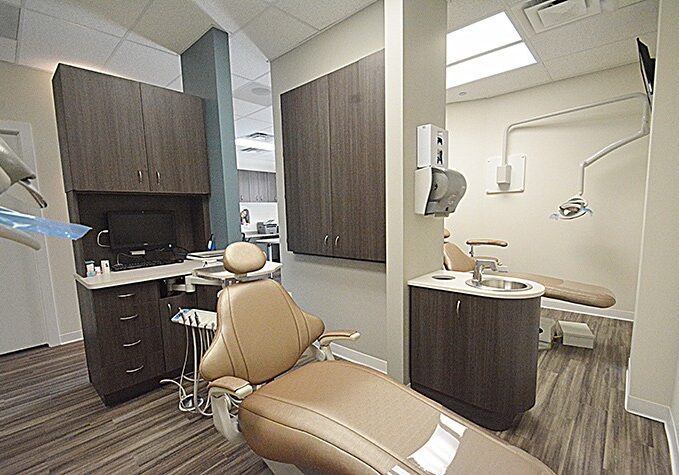
You know you do good work, but do your patients?
Aside from collecting referrals from friends and family, potential patients actually have very little information to use when it comes to choosing a new dental provider. Selections are often made around simple factors, such as convenience of location (close proximity to residence or work), right timing (appearing on an advertisement when someone needs a teeth cleaning) and aesthetic appeal (photos that showcase a clean, relaxing space).
While selecting a good location and executing a well-thought marketing plan can help get customers in the door, smart design is what makes them stay. Here are three ways to ensure you convey the quality of your services in your new office design:
1. Create a Plan of Intent
How do you intend to practice? Though it may seem obvious, you would be surprised at how many practitioners begin building without considering the many spacial interactions that will take place. Casually thinking about the services you will perform simply isn’t enough –– a written document must be constructed, detailing the various rooms, pieces of equipment and materials needed for providing services.
Put yourself in the position of a prospective patient. What steps would you take them through from start to finish? Consider their journey from check-in to consultation to services to check-out. Each phase should be clearly designed and created to foster easy movement in between zones for patents and staff.
2. Consider The Details
Not only should your plan include an adequate understanding of all activities that need be accommodated, but it should also list functional details. For example, during typical North American office hours, the sun will set on a building’s west side. Positioning service stations here would cause cumbersome glares and infra-red warming that could prove uncomfortable for staff and patients. Conversely, a north-facing zone ensures a cool and comfortable environment.
This is just one example of many factors that need be considered. Remember, time spent developing “the right” details could yield substantial savings in the long-run. Avoid costly future modifications by thinking ahead
3. The Aesthetics
The good news? Looking expensive doesn’t have to be expensive. Today’s furnishing manufacturers are constantly innovating upon a variety of designs to meet any budget. Besides being clean, your dental office should look like a space people actually want to spend time in. That means: Ambient lighting, comfortable materials and relaxing color schemes that don’t scream “office waiting room.”
The best way to appear “expensive” without going overboard is to create a modern, streamline design. Modern furnishings that are well made manage to say a lot with very little. An experienced design-build firm can work with you to create a fully customized look that meets your budget.
